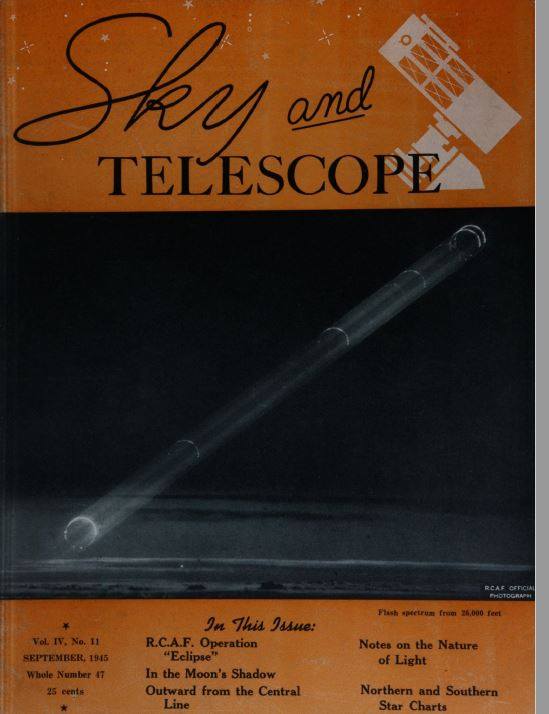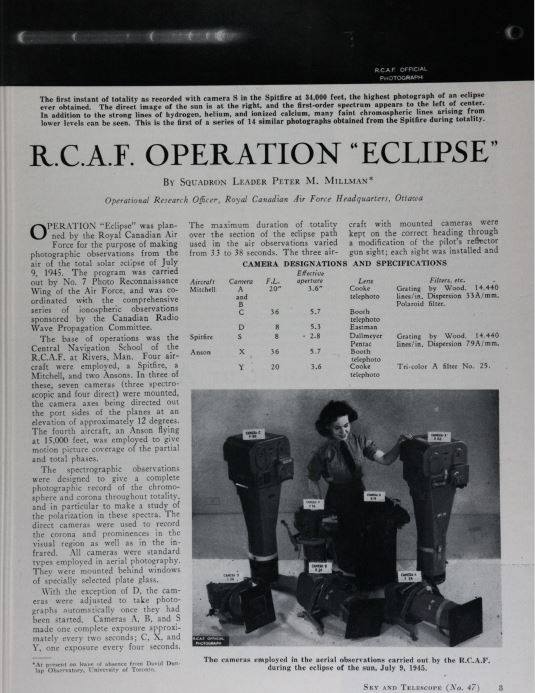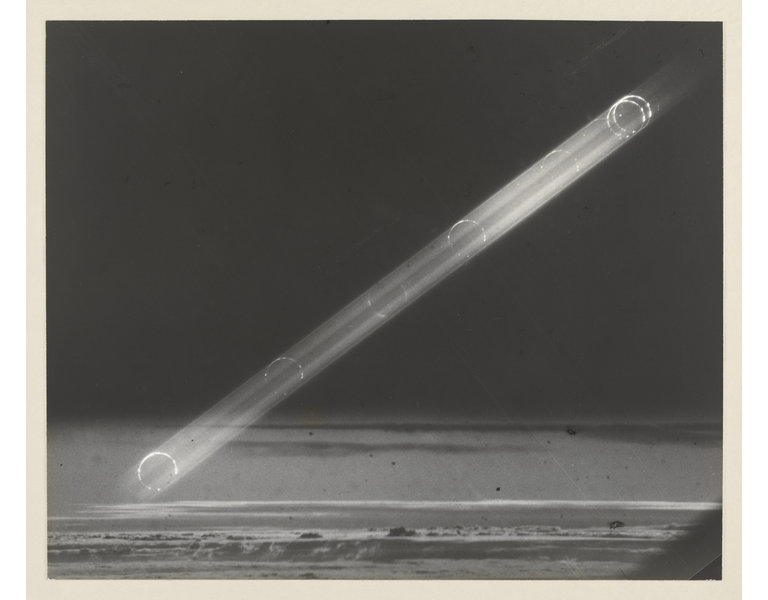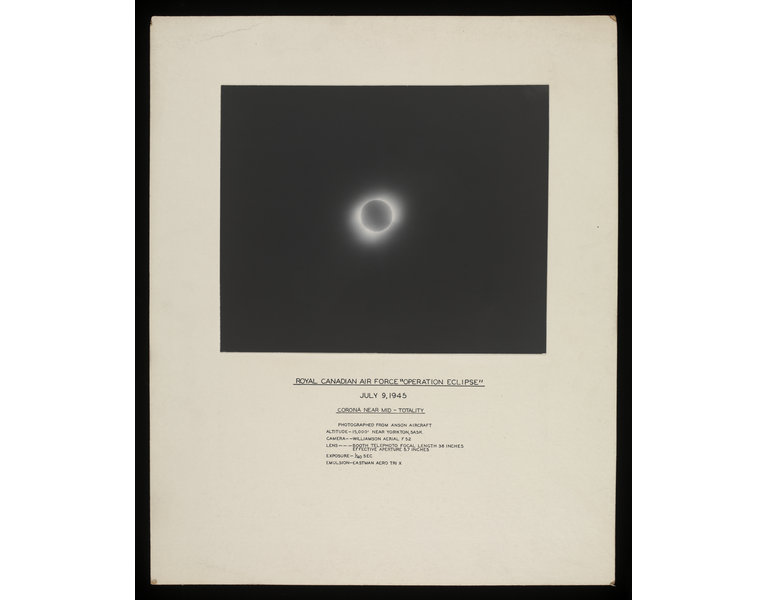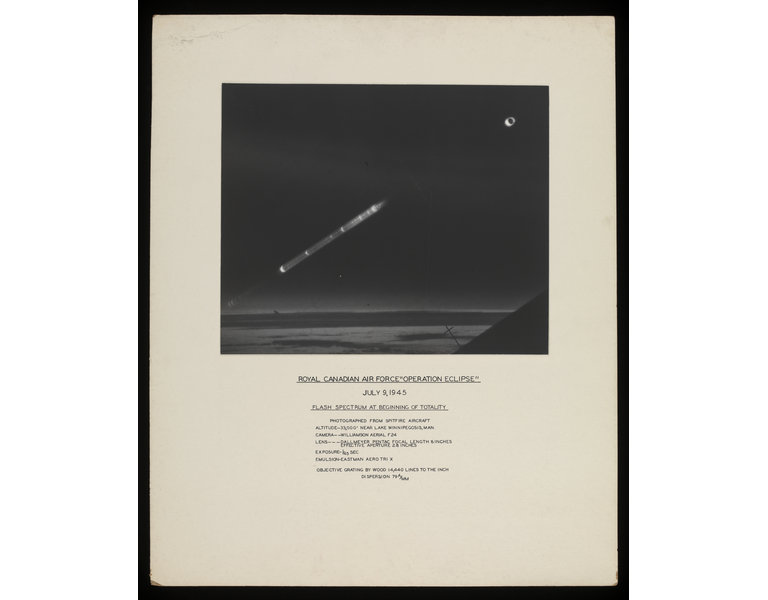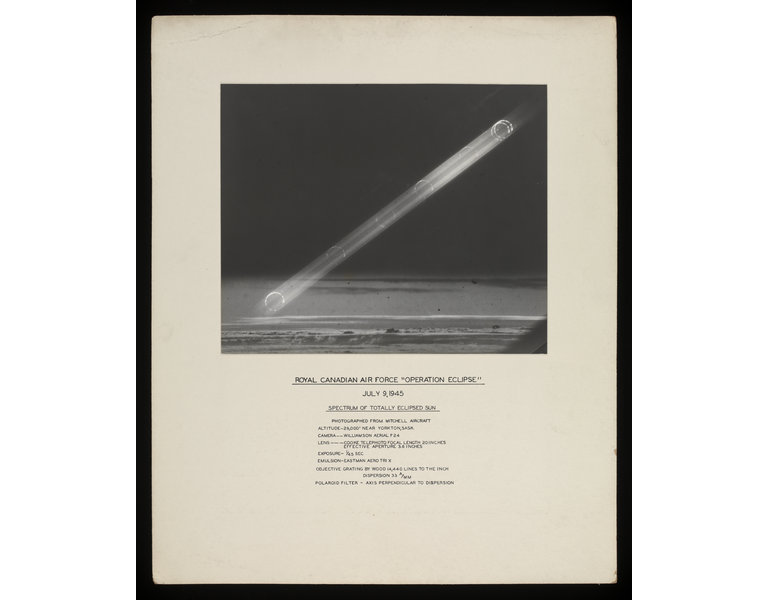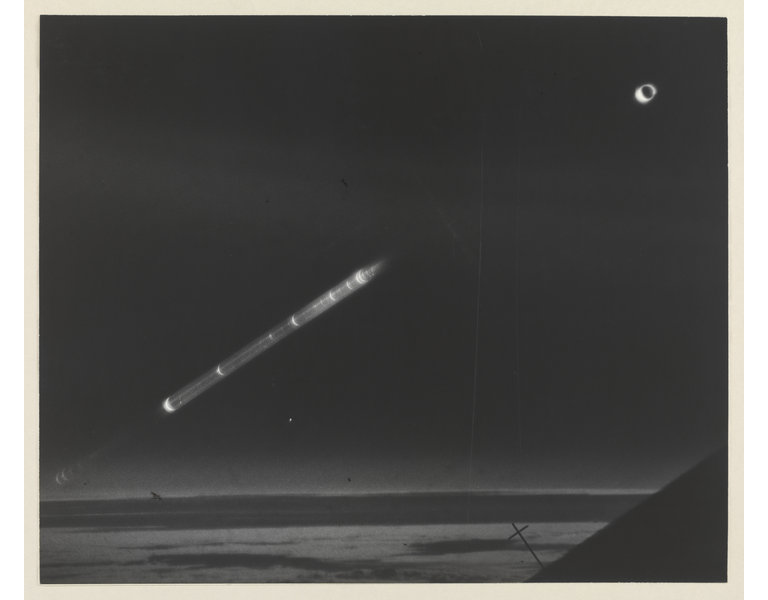1945: ROYAL CANADIAN AIR FORCE "OPERATION ECLIPSE"
For the eclipse of July 9, 1945, the Royal Canadian Air Force
(RCAF) carried out observations from four aircraft: a Spitfire,
a Mitchell, and two Ansons.
This effort was part of a series
of ionospheric observations sponsored by the Canadian Radio
Wave Propagation Committee. Although the focus of this
expedition was not strictly on astronomy, it's included in this
paper because it is a good illustration of the technology that
was in use during the 1940's, which had improved very much
since the 1932 eclipse observations described above.
Three of the aircraft involved in the RCAF operation were
outfitted with a total of seven standard cameras, of the type
commonly used at that time for aerial photography. The
second Anson carried a motion picture camera.
Spectrographic and polarization measurements were made, as
well as visual and infrared photographs of the solar corona and
prominences.
There are several notable differences between this effort and
the expeditions described above. The altitude of the aircraft
ranged between 17,000 ft and 34,000 ft. The cameras were
mounted behind special plate glass windows, and all except
one were adjusted to automatically take exposures, once
started.
Three of the aircraft were kept on the proper heading
using a modification to the pilot's gun sight; the pilot kept the
sun centered on the sighting rings, which kept the cameras
pointing at the sun.
The spectra obtained during the mission
may be the first ever taken from an aircraft.
Official RCAF photos credited to Mike Kaehler.
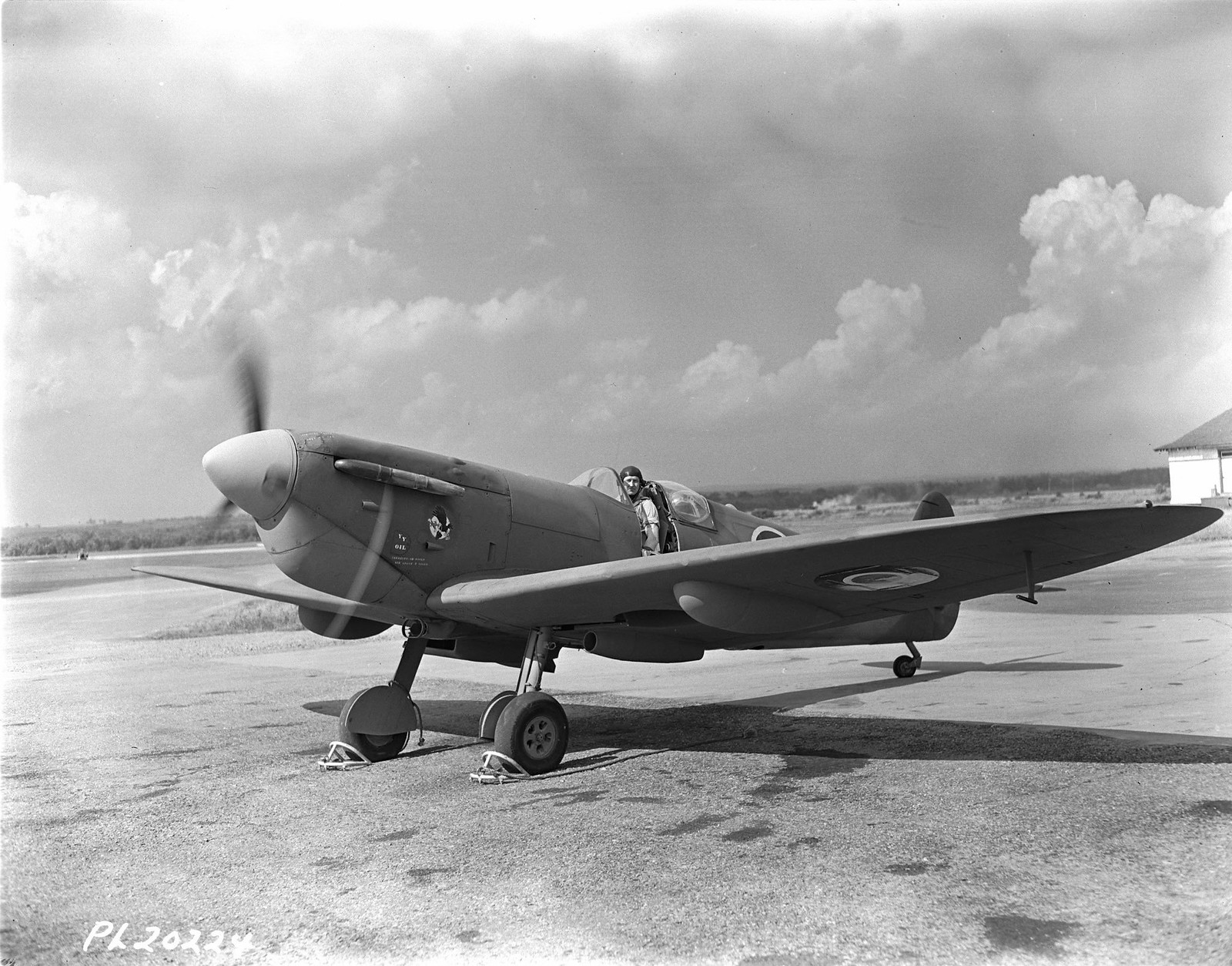
From Clarence Simonsen's '' RAF & RCAF Nose Art in WWII''. Spitfire X4492 was originally an F Mk1 and first arrived at Rockcliffe on 26th January 1943 for high altitude trials, before being converted to a type PRV1 for use by the photographic unit based there. It wears the bird with a camera round its neck emblem, A/C SOC 2nd September 1947.
Below is some excellent information by Historian Lee Walsh
Posted here as well:
https://forum.keypublishing.com/forum/h ... fire-x4492X4492 - History of Spitfires in Canada
"I have been researching the history of each Spitfire in Canada from 1940 to 1951. During these years 11 Spitfires were in Canada with some leaving and heading back to the UK or Africa.
X4492, along with X4555 and R7143, were shipped to Canada in very early 1943. At this time Spitfire L1090 had arrived and left after testing of the XP-40 and this aircraft at Rockcliffe and then onto Toronto for testing with Dr. W. Franks and his G-suit at Malton. In early Feb 1943 we saw three other Spitfires arrived at Torbay, Nfld were they were wrecked on the Empire Kingsley. The crew there managed to rebuild one and return it to England as Miss Torbay (ER824). The other two wrecks were buried at Torbay - with people looking for them today.
As for the Rockcliffe Trio. They made there first flight in April of 1943 and did some minor photo testing with No. 13 Squadron at Rockcliffe and stayed there until 1947. Bellow is the entire history I have for X4492 and her fate is still unknown. By 1947 the RCAF was out of spares for these three aircraft and they were transferred to the Royal Cdn Navy Fleet Arm that fall. They were starting up with the Seafire program and wanted these airframes for teaching purposes.
During X4492's tenure at Rockcliffe she did a number of hours and managed to survive being smashed up in crashes like X4555 or R7143 - both repaired but never still had problems. In July of 1945 X4492 was flown to Winnipeg by Tom Percival for Operation Eclipse. No. 13 had sent X4492 and a B-25 and their Anson for photograph this full eclipse at high altitude (35K). They photos later appeared in LIFE magazine (november 1945) and I scanned the photo bellow. I have a letter from Tom that detailed his accounts and remembers the flight being VERY cold - even in July.
These 3 Spitfires were in rough shape around 1947 and I am sure on R7143 was still flying. RCAF records show all three going the the RCNFAA and X4555 going to a RCN school in Halifax. I interviewed people from this school and they confirmed the Spitfire to be R7143 (this was an all silver Spitfire). I guess the other two couldn't fly so the RCN flew R7143 out instead. What ever happened to X4555 and X4492 still remain a mystery. X4555 has an amazing combat history with No. 92 Sqd at Biggin Hill during the BoB.
All three were built as Mk. 1s but went through a number of conversions to PR versions and when shipped here had all arms removed. I cannot remember if this was an armed PR model unlike X4555 - bullet screen and all."
here is X4492 history after 10 years of research:
Mark: F. Ia
Serial Number: X4492
Contract No. B19713
Engine: Rolls Royce Merlin III
Built @ Eastleigh Factory, No. #1246.
First flight. July 14,1940.
Royal Aircraft Establishment, Farnborough. September 19, 1940.
Photographic Development Unit, Heston Aircraft Limited. November 14, 1940.
Converted to Mk. PR IV type D.
Rolls Royce's Hucknall factory. Converted to Mk. Va
with Rolls Royce Merlin 45. January/March 1941.
No. 1 Photo Reconnaissance Unit RAF station Benson. April 29, 1941.
No. 8 Maintenance Unit RAF station Little Rissington.
Converted to Mk. PR VII. November 15, 1941.
@Boscombe Down, converted to Mk PR VI type C February 12, 1942.
later type F. Rolls Royce Merlin XIV.
No. 140 Squadron (ZW-*) RAF station Benson.
Category B near Sandown, Isle of White. April 22, 1942.
(Finished in light colors [pink] and codes DP)
Repaired aircraft awaiting collection most likely at Benson. June 29, 1942.
No. 9 Maintenance Unit ?. June 21, 1942.
No. 140 Squadron RAF station Benson. July 27, 1942.
No. 12 Maintenance Unit.
RAF station Benson. October 29, 1942.
No. 47 Maintenance Unit RAF station Sealand. December 5, 1942.
Manchester Dockyards, January 9, 1943.
Onboard the SS Manchester Progress for Montreal February 26, 1943.
Departure date January 16th and arrived on February l0th.
Unloaded and moved to Ottawa February 17, 1943.
Taken on Charge with No. 3 Training Command.
No. 13 Squadron/No. 7 Photo Wing RCAF station Rockcliffe. April 9, 1943.
First documented flight.
Flown to Toronto the next day. March, 1943.
In St. John, New Brunswick.
Flown to RCAF station Rivers {Manitoba} for Oper. July 9, 1945
Piloted by F/L Tom Percival and flown over Lake Winnipeg at 35,000 feet. Record breaking altitude record for photographing a solar eclipse.
In unit storage. December 31, 1945.
In Toronto for airshow – have photos June 30, 1946.
No. 9 Transport Group RCAF station Rockcliffe. July 15, 1946.
Props nicked on take off at RCAF station Rockcliffe. September 17, 1946.
Awaiting disposal. October 11, 1946.
Air Search and Rescue duties. January 9, 1947.
Royal Canadian Navy — Director of Naval Services. September 2, 1947.
Eventual allocation to RCN/VR unit unknown.

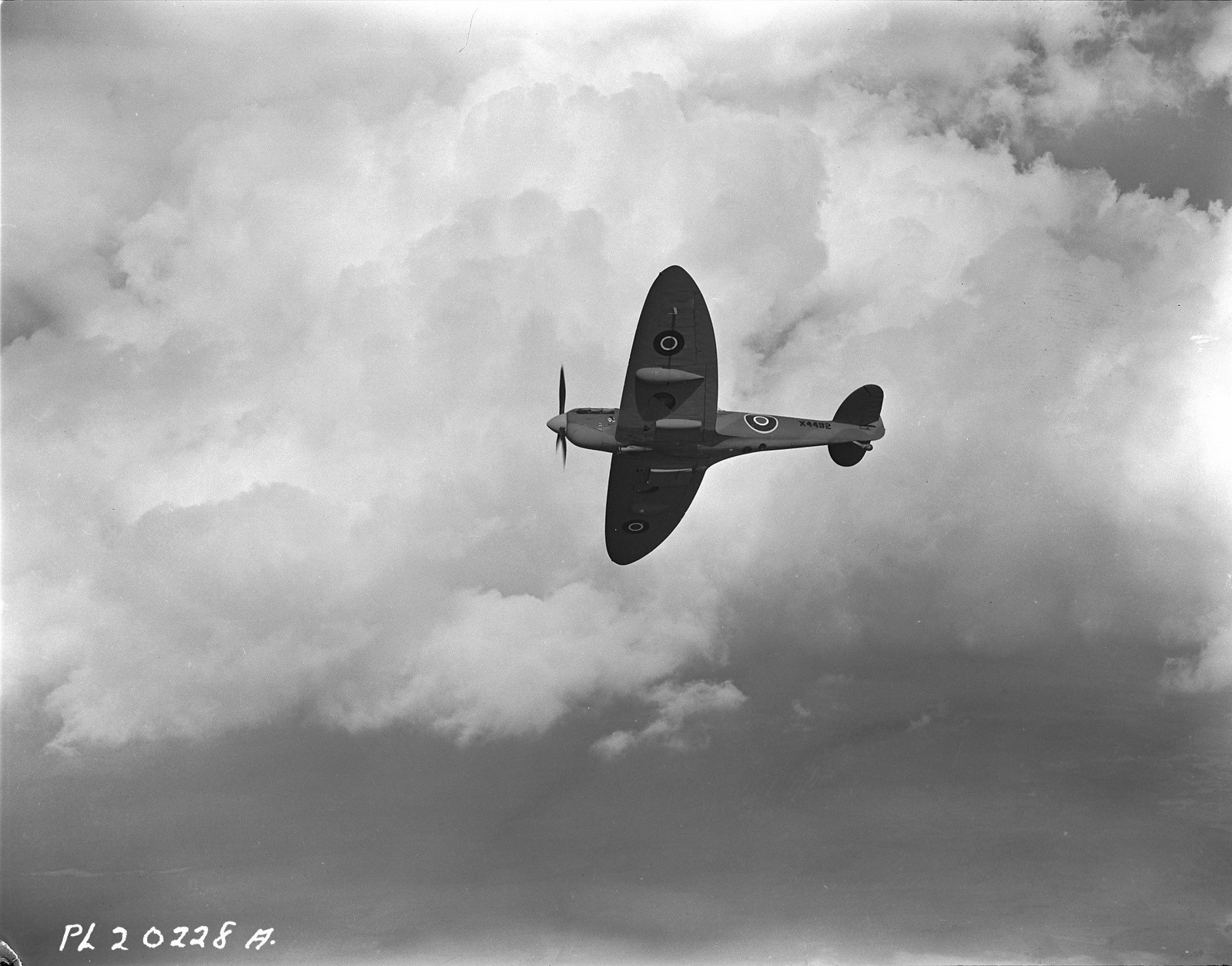
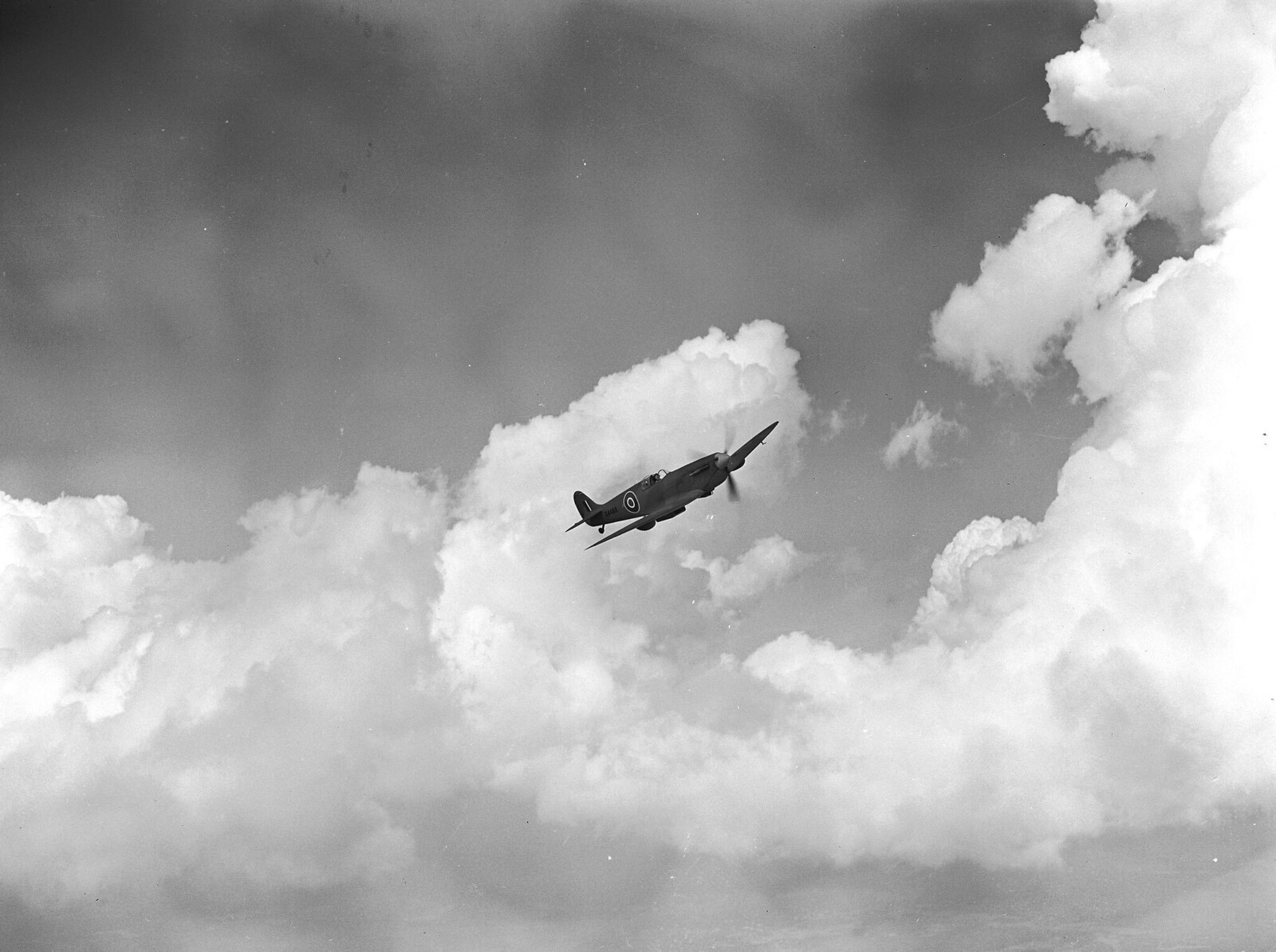
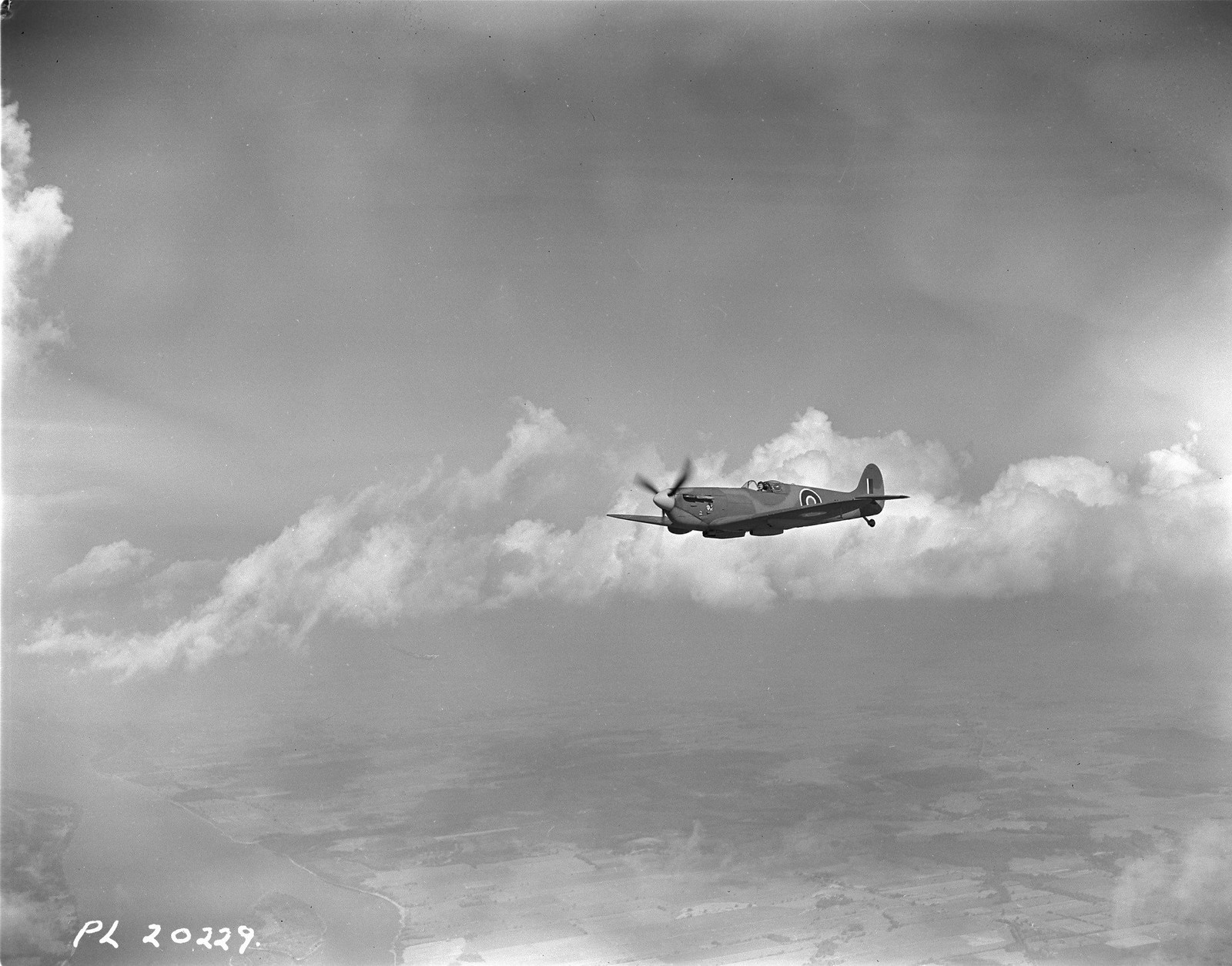
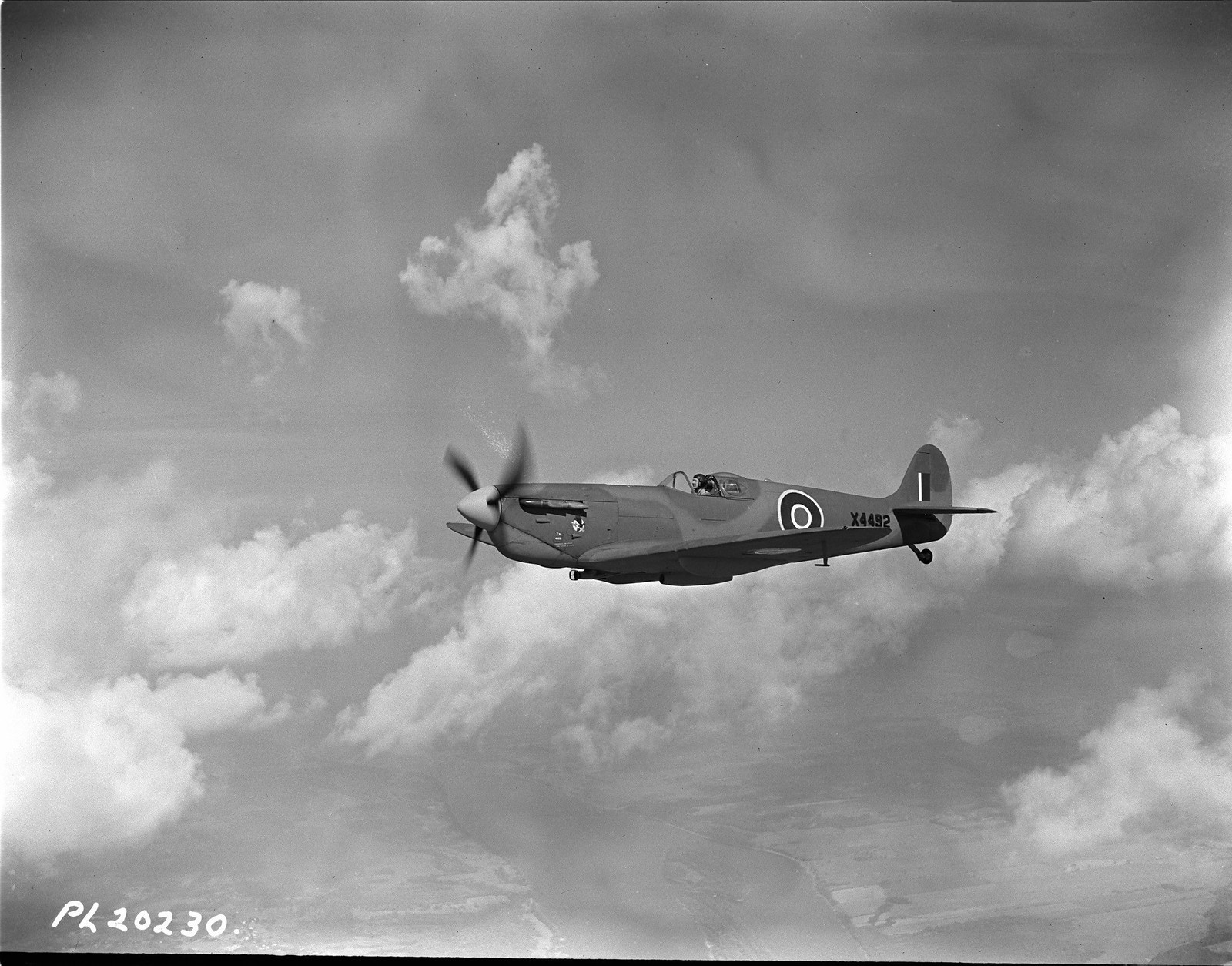
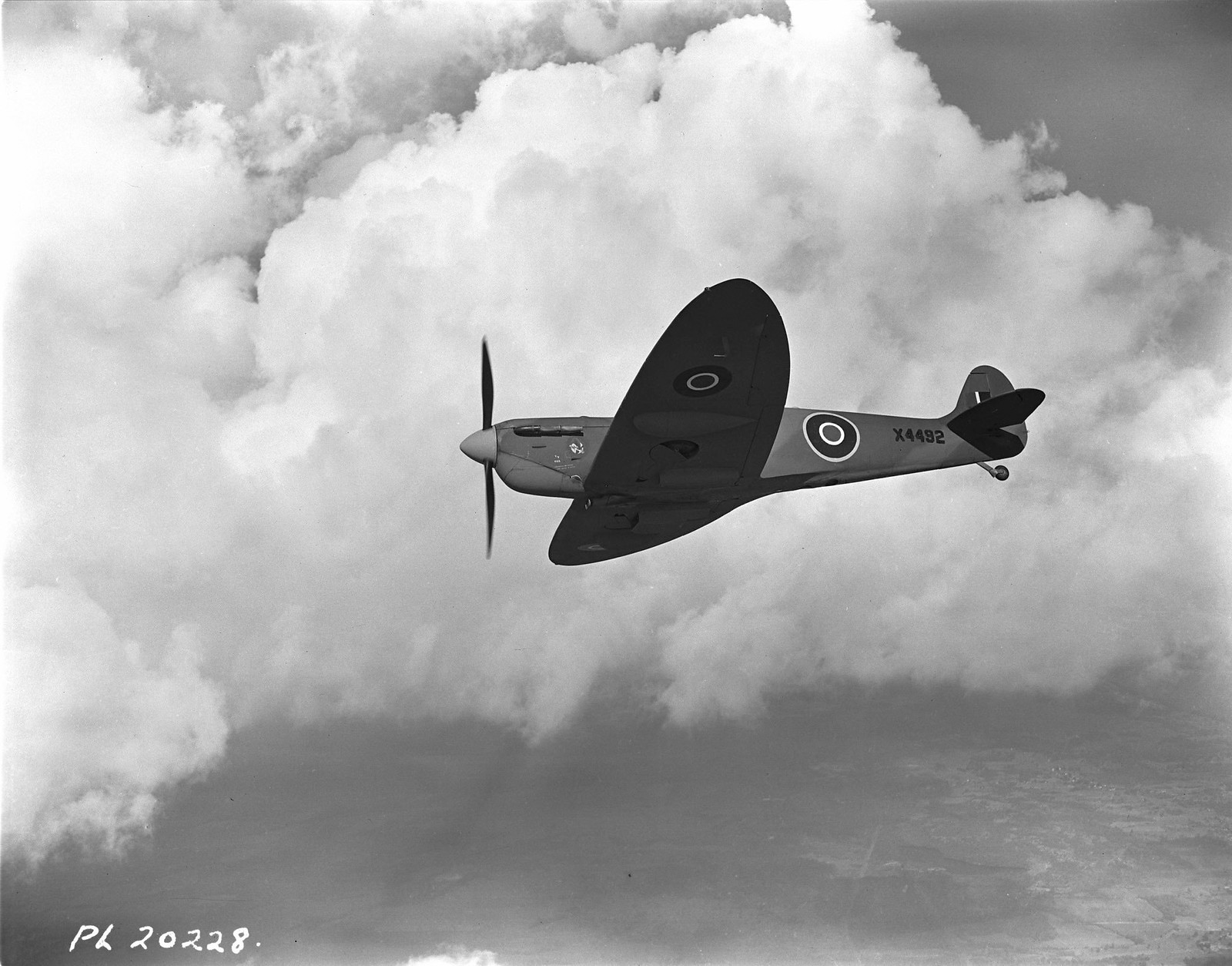
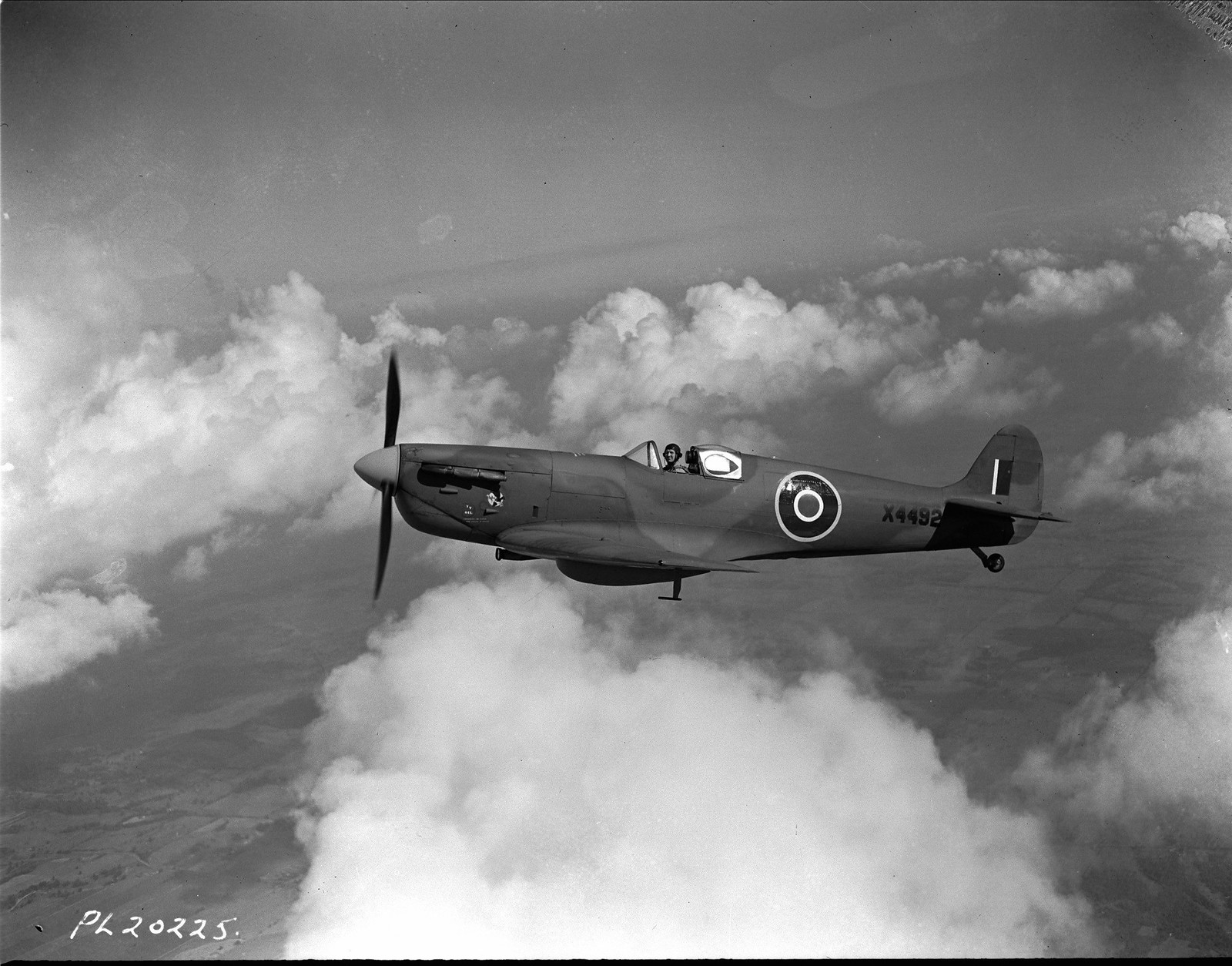
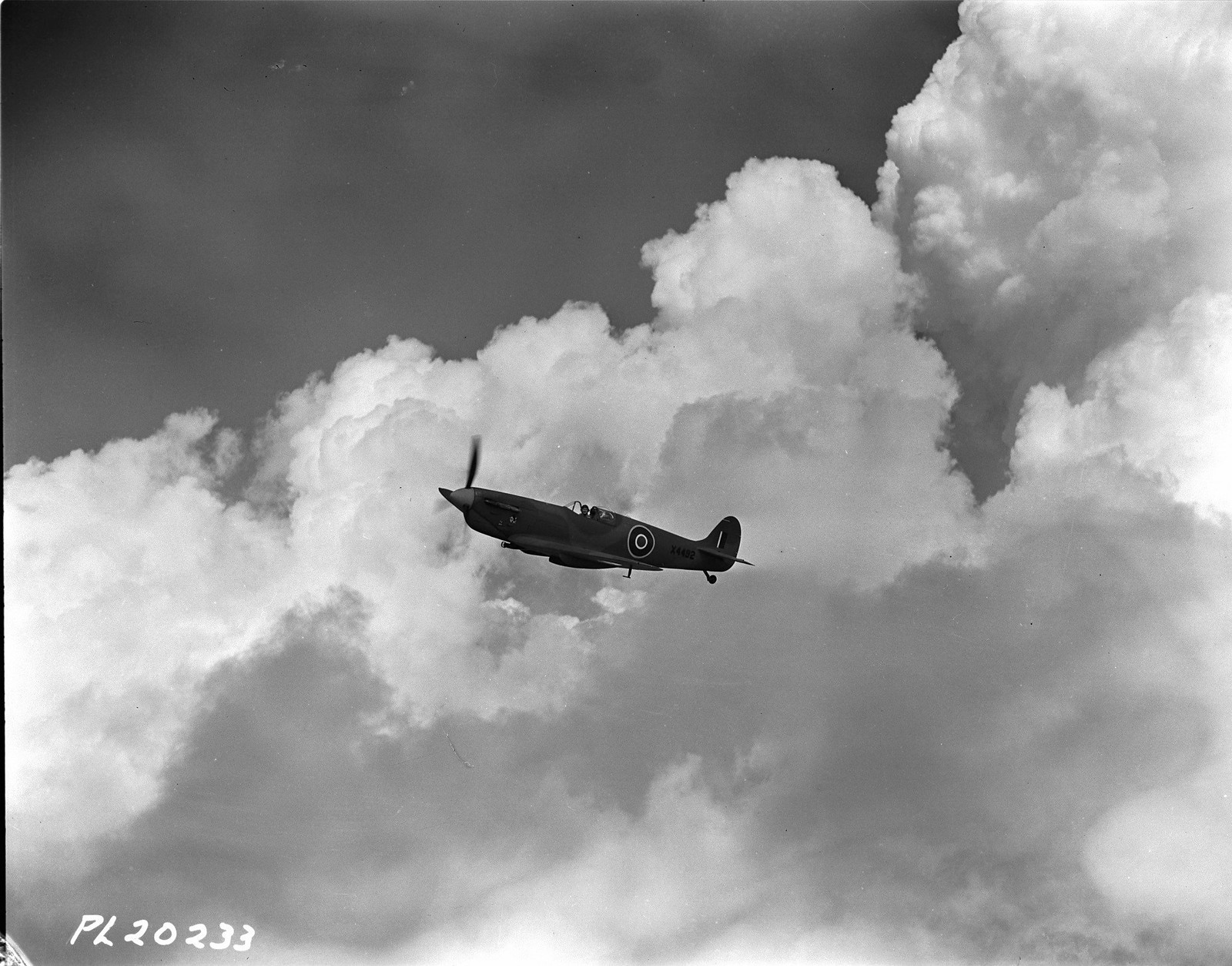

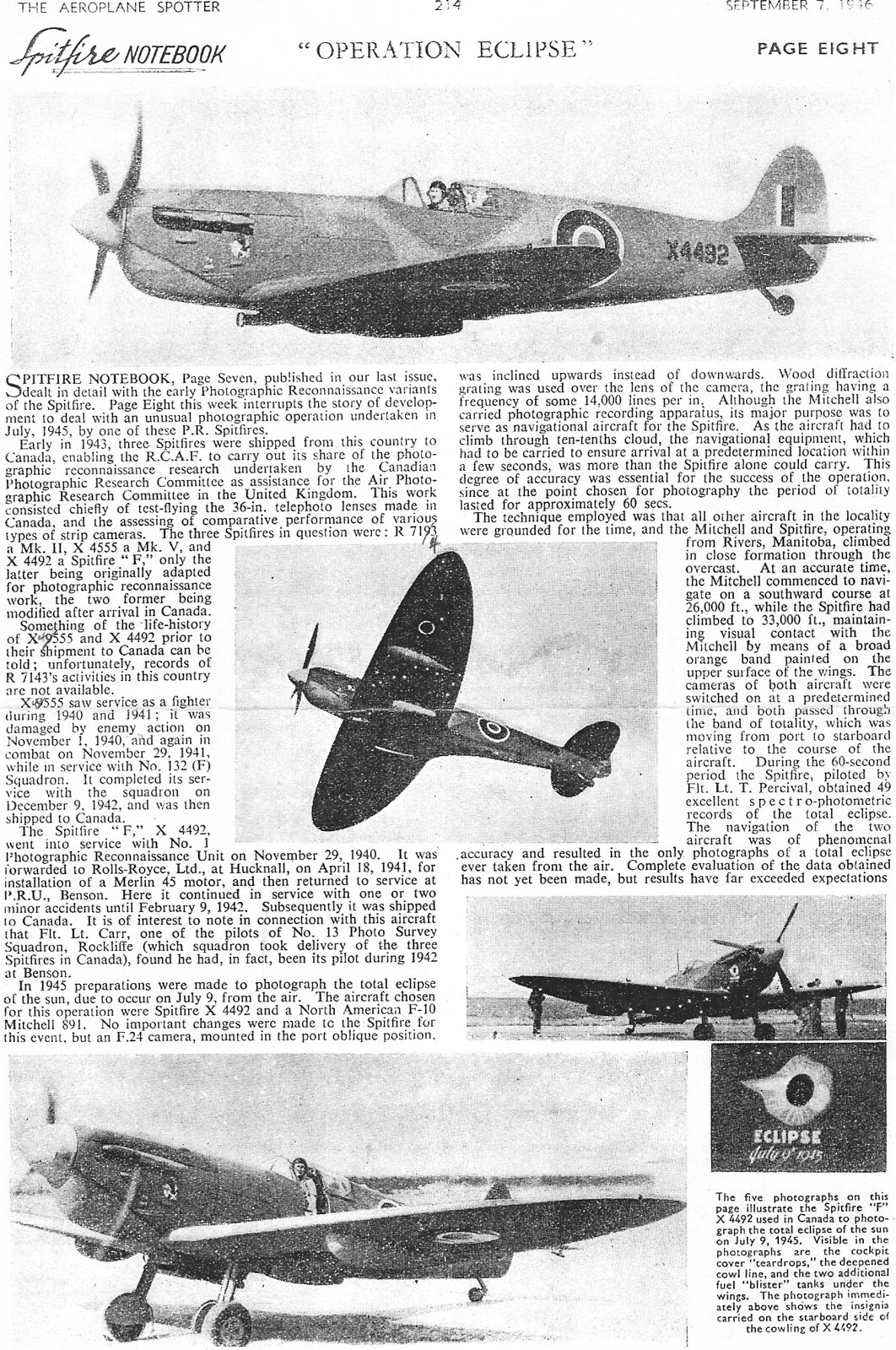
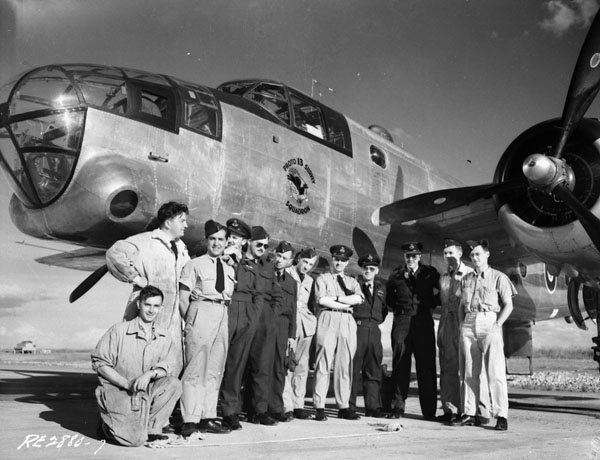
Personnel with a North American Mitchell II aircraft of No.13(P) Squadron, R.C.A.F., taking part in Operation Eclipse to photograph a solar eclipse. R.C.A.F. Station Rockcliffe, Ontario, Canada, 20 August 1945
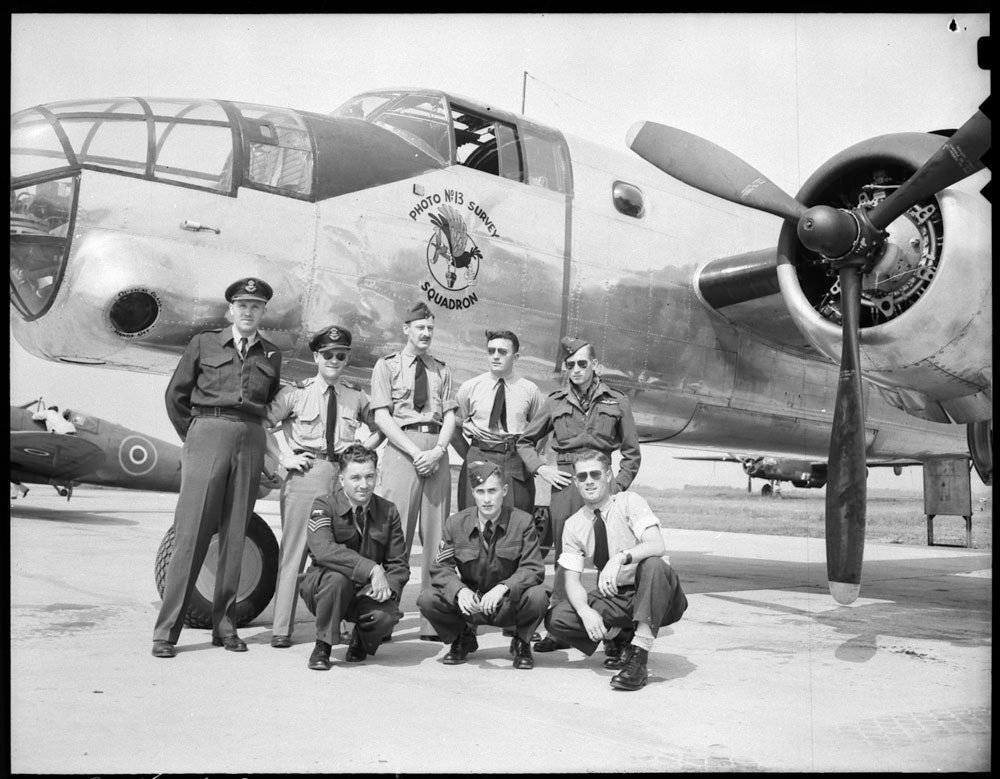
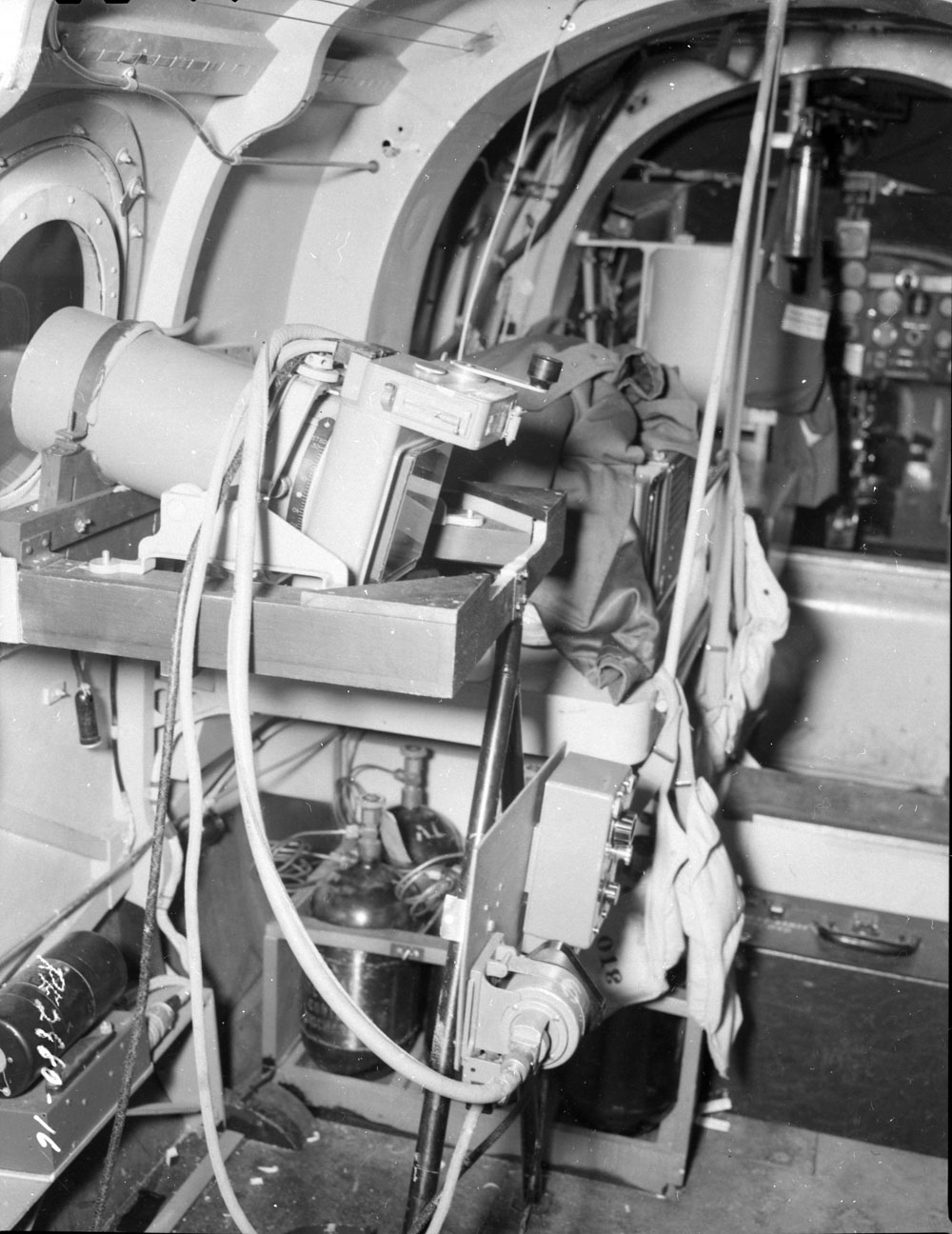
Aerial cameras inside the B-25 used by the Royal Canadian Air Force in "Operation Eclipse" to photograph a solar eclipse.

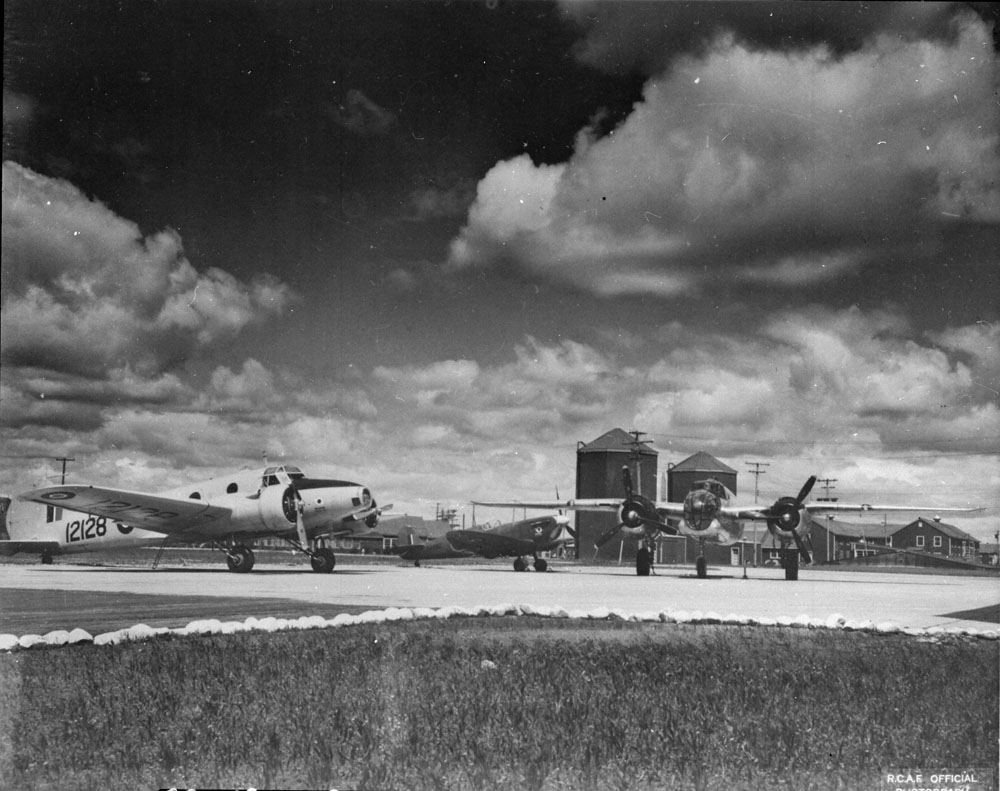
The aircraft used by the Royal Canadian Air Force in "Operation Eclipse" to photograph a solar eclipse.
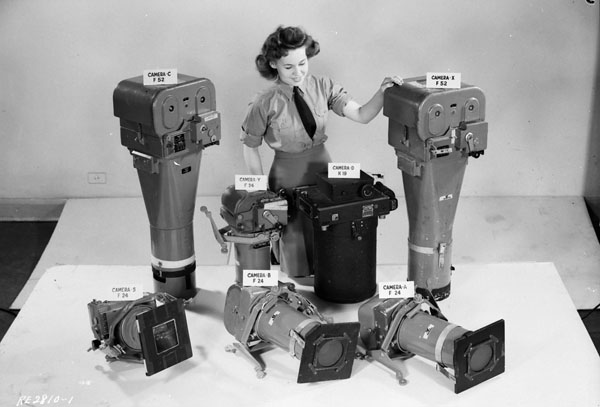
types of aerial cameras used by the Royal Canadian Air Force in Operation Eclipse to photograph a solar eclipse. R.C.A.F. Station Rockcliffe, Ontario, Canada, 19 July 1945.
